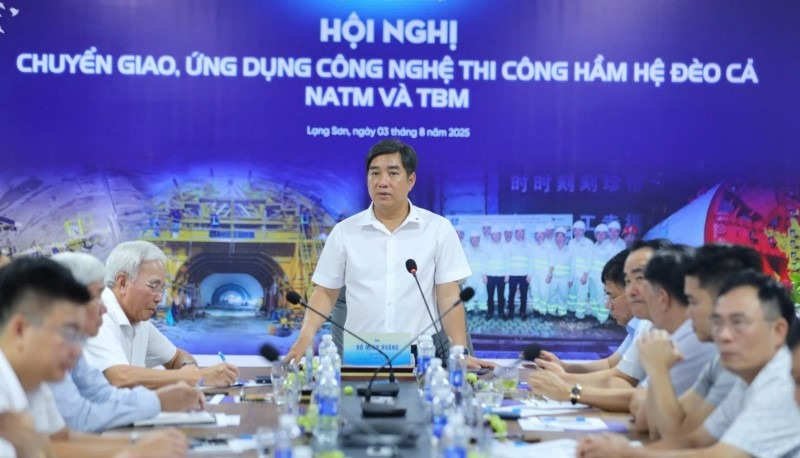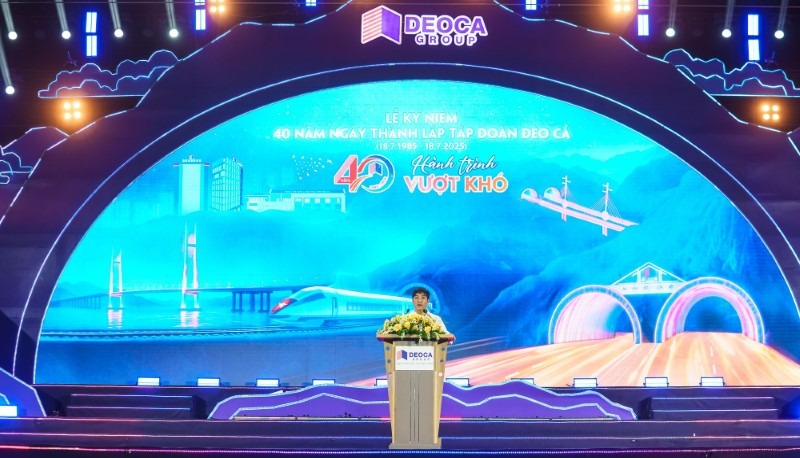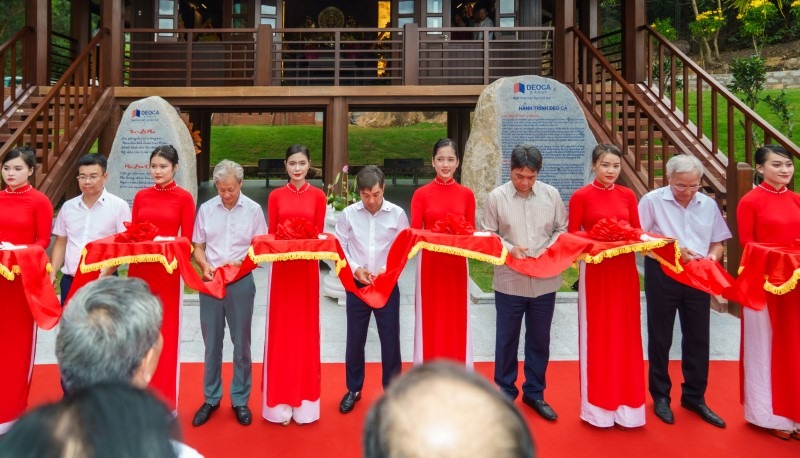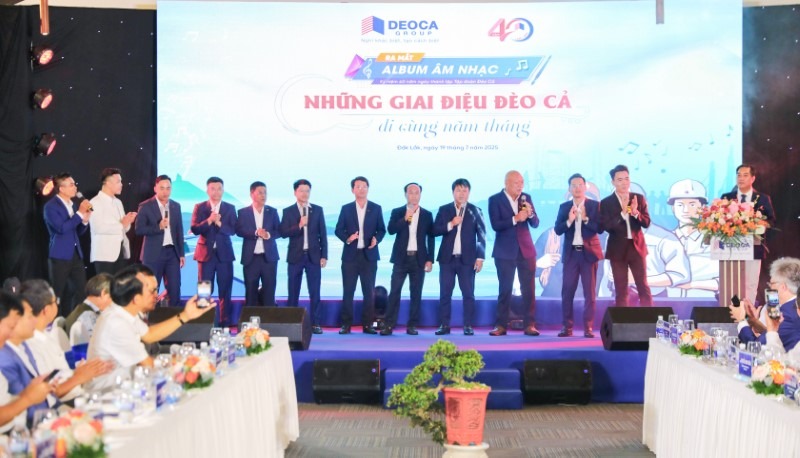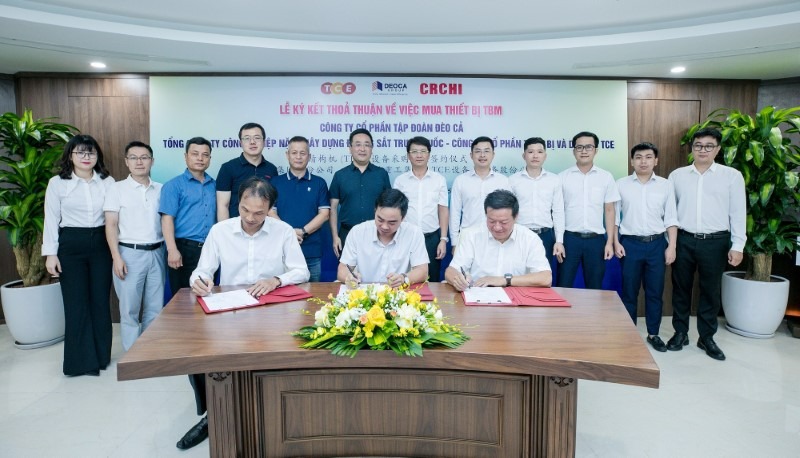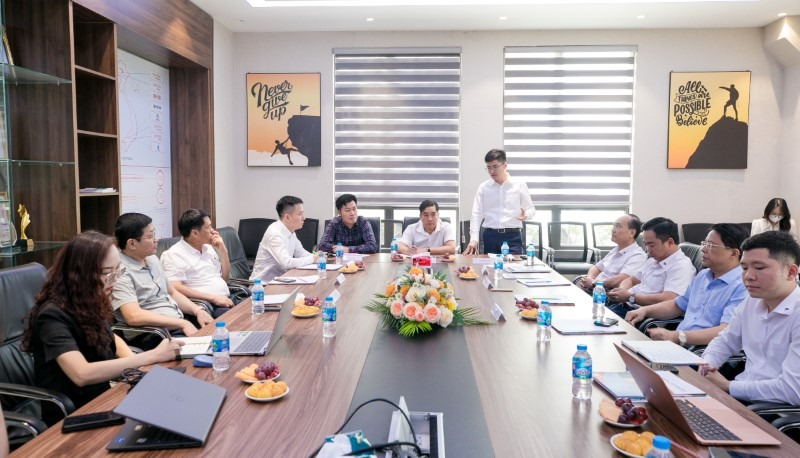On June 1–2, a delegation from Deo Ca Group and Van Phu Group visited Chongqing, China, to conduct a field study on infrastructure development in conjunction with spatial and landscape planning, urban connectivity, traffic management, and especially flood control and water regulation along the Yangtze and Jialing Rivers. During the trip, the delegation also met with design institutes and urban infrastructure development units, and visited the Chongqing Urban Planning Exhibition Hall.
Chongqing is the only centrally governed municipality in western China and a major economic and transportation hub in the southwest. Known for its mountainous terrain and riverside development along the Yangtze River - the lifeline of a nation of 1.4 billion people - Chongqing has undergone a dramatic transformation. Since 1997, it has evolved from an industrial river port into a modern city with advanced transport infrastructure including high-speed rail, monorail, and a metro system that famously runs through buildings. Guided by the Western Development Strategy and the Yangtze River Economic Belt initiative, the city has built green urban infrastructure, highlighted by flood prevention projects and public housing areas.
During the trip, Mr. Ho Minh Hoang, Chairman of Deo Ca Group, shared that the delegation came to Chongqing as part of research for a proposed Song Hong Riverside Boulevard project to be submitted to Hanoi’s People's Committee. This initiative was developed in response to suggestions from Vietnamese State leaders. The visit aimed to gather in-depth insights on urban spatial development, especially smart transport systems, effective urban management, wastewater treatment, and flood control for riverside cities.
The delegation surveyed key infrastructure projects along the Yangtze and Jialing Rivers, including Diamond Plaza, Jiangbei Riverside Park, Xiangguo Temple Riverside Park, and Chaotianmen Square. Signature works like the monorail and river-spanning bridges have created a multi-layered “two rivers, four banks” landscape, now iconic of Chongqing’s urban identity.


The delegation surveys key infrastructure projects along Chongqing’s major rivers
Mr. Ho Minh Hoang expressed strong impressions of Chongqing’s urban development capacity, transport infrastructure, and especially its cutting-edge railway systems. He emphasized that Chongqing's experience provides valuable lessons that can be adapted to major Vietnamese cities such as Hanoi, Ho Chi Minh City, Da Nang, and others.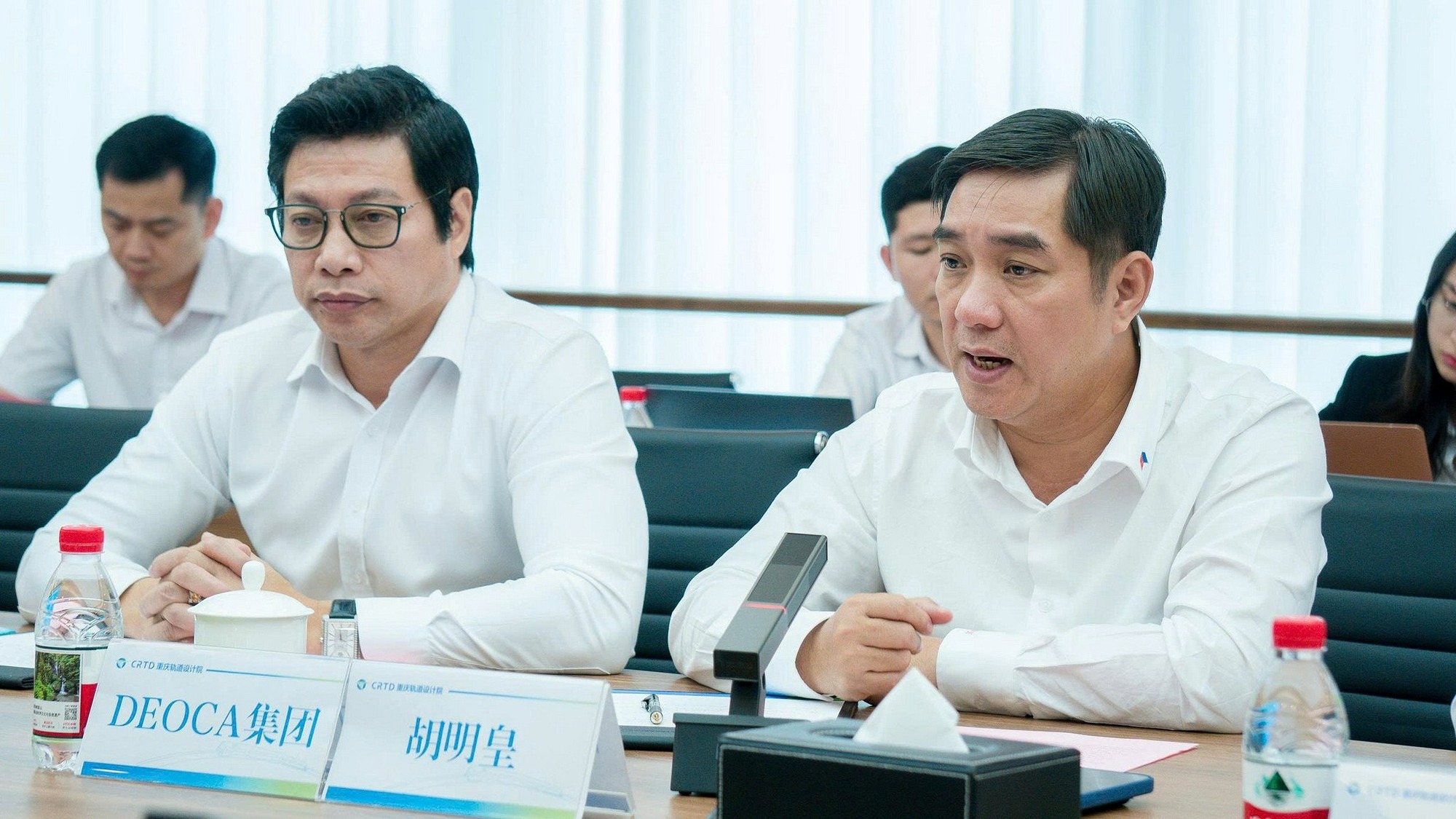
Mr. Ho Minh Hoang believes that Chongqing’s urban infrastructure and connectivity development experiences are highly applicable to major Vietnamese cities.
According to Chongqing’s infrastructure developers, while many international delegations have visited, Deo Ca Group and Van Phu Group are the first Vietnamese enterprises to conduct an in-depth study of riverside infrastructure tied to urban planning along the Yangtze. “This visit demonstrates the proactive and constructive spirit of two leading Vietnamese corporations. Given the similarities between Chongqing and Hanoi, we are ready to contribute our insights to the proposed Red River Riverside Boulevard project and to further cooperate on urban infrastructure development in Vietnam.”
In the first half of June 2025, Chongqing’s urban transport design institute and partners are expected to visit Vietnam to collaborate on further steps. The institute has previously conducted surveys in both Hanoi and Ho Chi Minh City to understand infrastructure and urban area development needs.
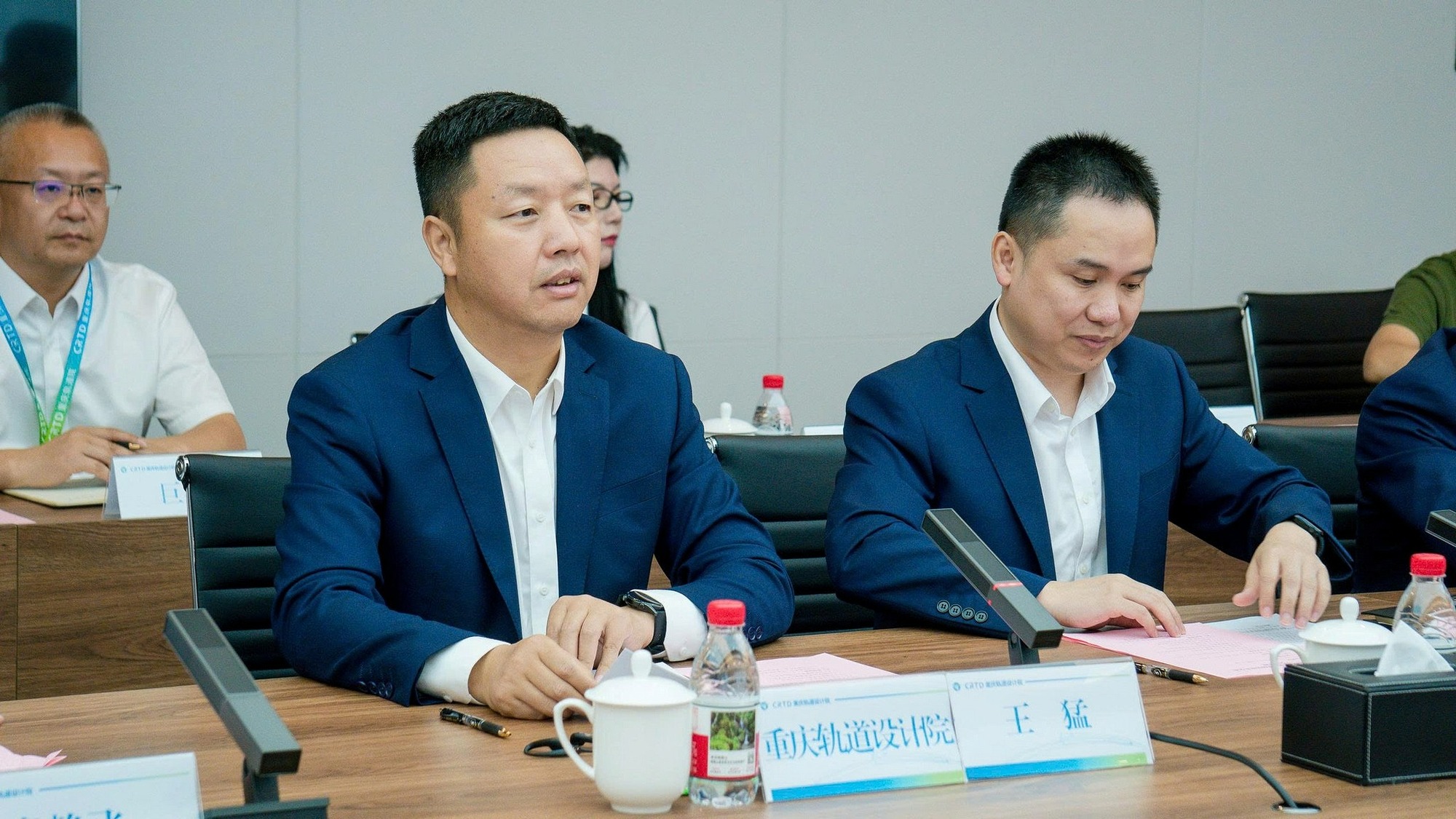
Chongqing planning institutes noted significant similarities between Chongqing and Hanoi in geography, traffic constraints, development potential, and river flood risks.
Through the discussions, Chongqing’s urban transport design institute proposed setting up a collaboration mechanism to promote research and implementation of riverside boulevard projects and the development and upgrading of infrastructure in Vietnamese regions. The proposal includes comprehensive cooperation in construction, investment and finance, technical standards, and human resource training.
Mr. Ho Minh Hoang noted the Chinese partners’ openness and readiness to share experience and solutions, and expressed Deo Ca and Van Phu Groups’ willingness to collaborate. “With the support of Chongqing’s design institutes and infrastructure firms, and the capability and determination of Vietnamese enterprises, I believe this cooperation will yield practical results and promote sustainable transport and urban infrastructure development in Vietnam,” said Mr. Hoang.
As a corporation focused on riverside real estate and boulevard development, Mr. To Nhu Toan, Chairman of Van Phu Group, outlined four key areas of interest:
1. Transport connectivity and modern infrastructure solutions, integrating traffic planning with water regulation.
2. Planning that creates golden value by developing urban, commercial, and service zones along both riverbanks, maximizing economic and social value.
3. Landscape and green space development, prioritizing parks and accessible public spaces to meet sustainable urban development goals.
4. Improved management and smart technologies, especially for water regulation and flood control, to ensure the sustainable growth of riverside urban areas.
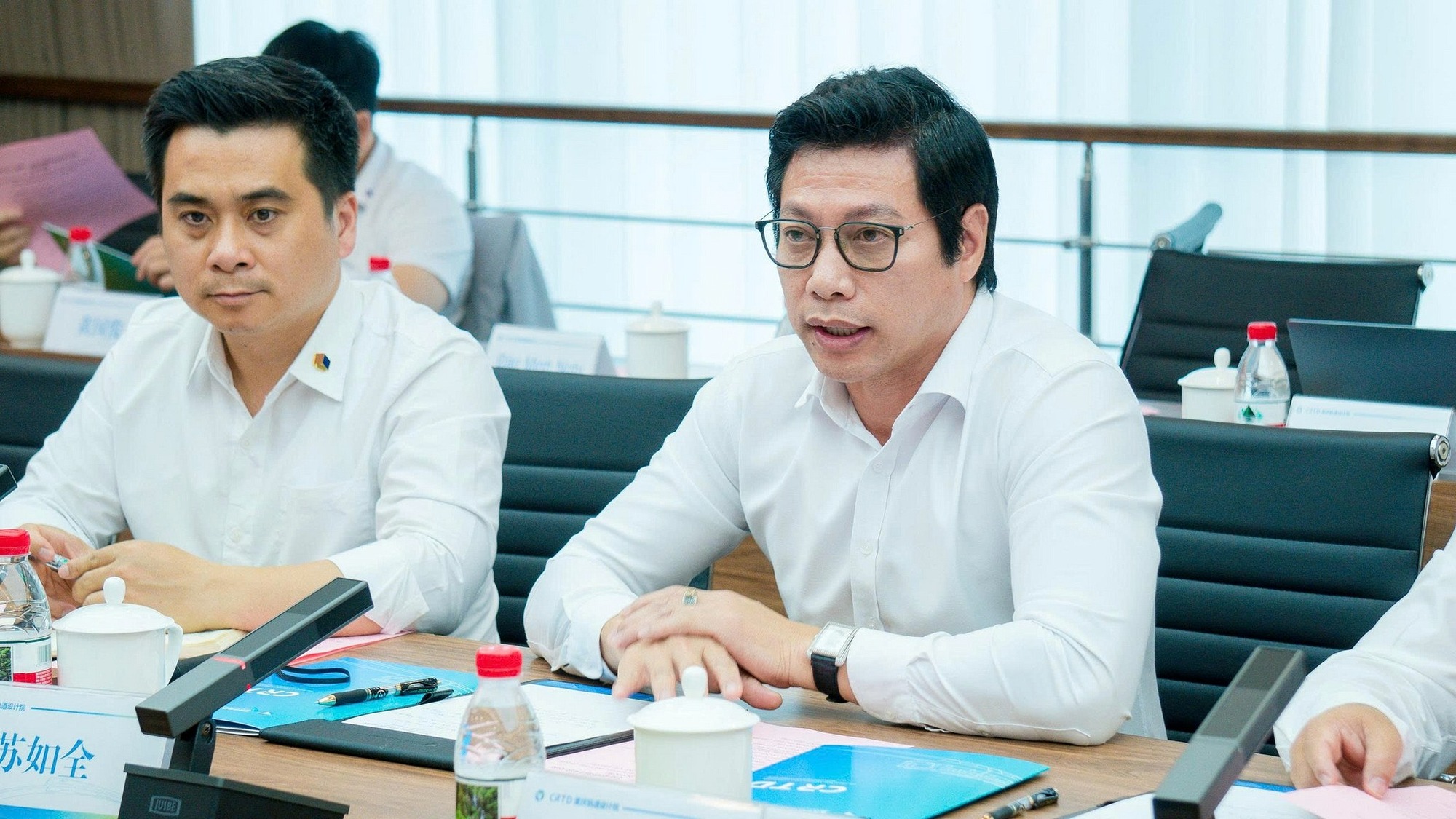
Mr. To Nhu Toan emphasized four key focus areas in studying riverside boulevard infrastructure and real estate development.
Also in Chongqing, the delegation visited the Chongqing Urban Planning Exhibition Hall - a key venue showcasing the municipality’s urban development vision. The hall features models, digital maps, and 3D representations of the city’s spatial planning, transport infrastructure, and functional areas such as commercial centers, industrial parks, and public spaces, illustrating Chongqing’s transformation from an industrial river port to a modern metropolis.
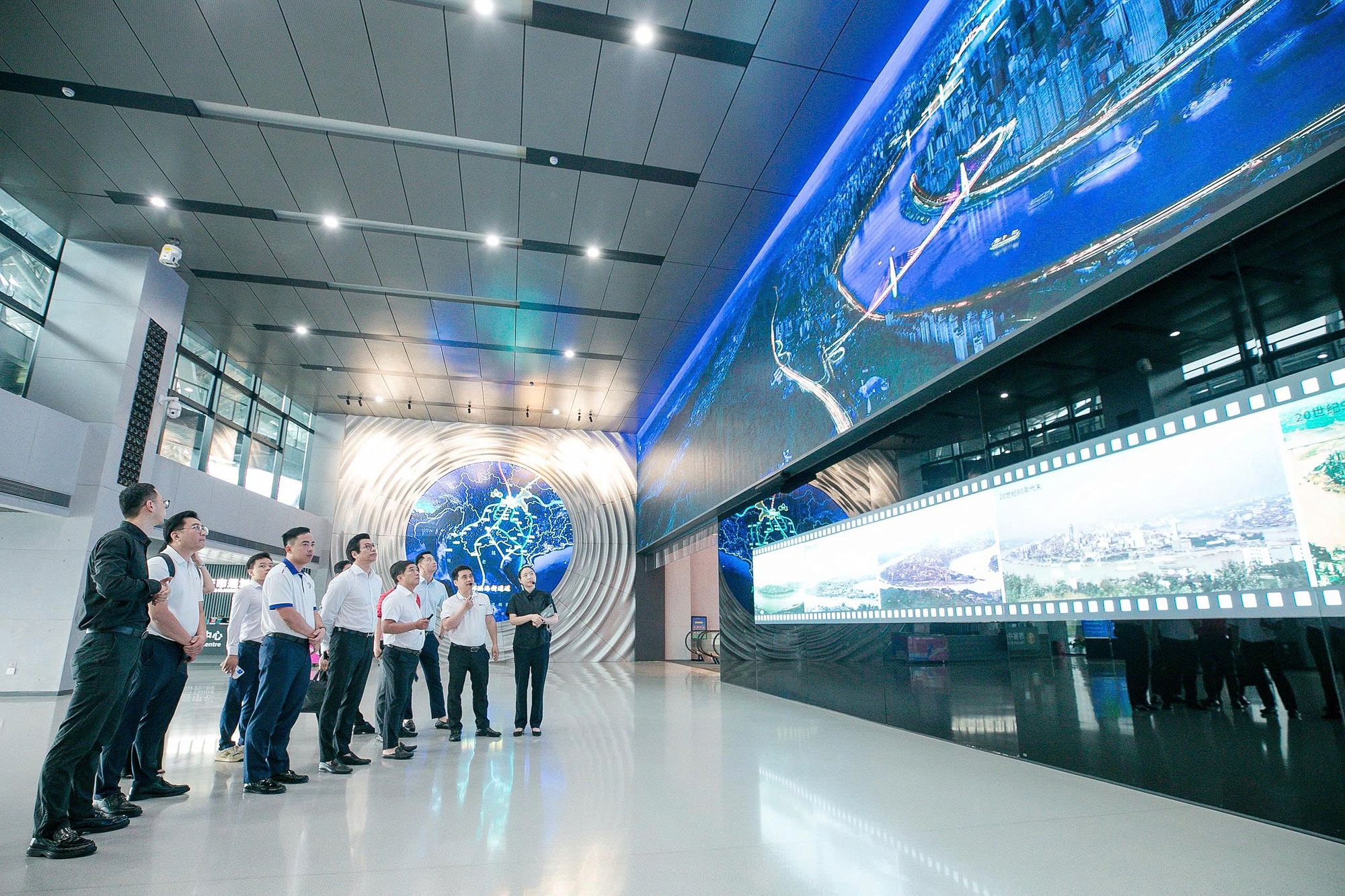
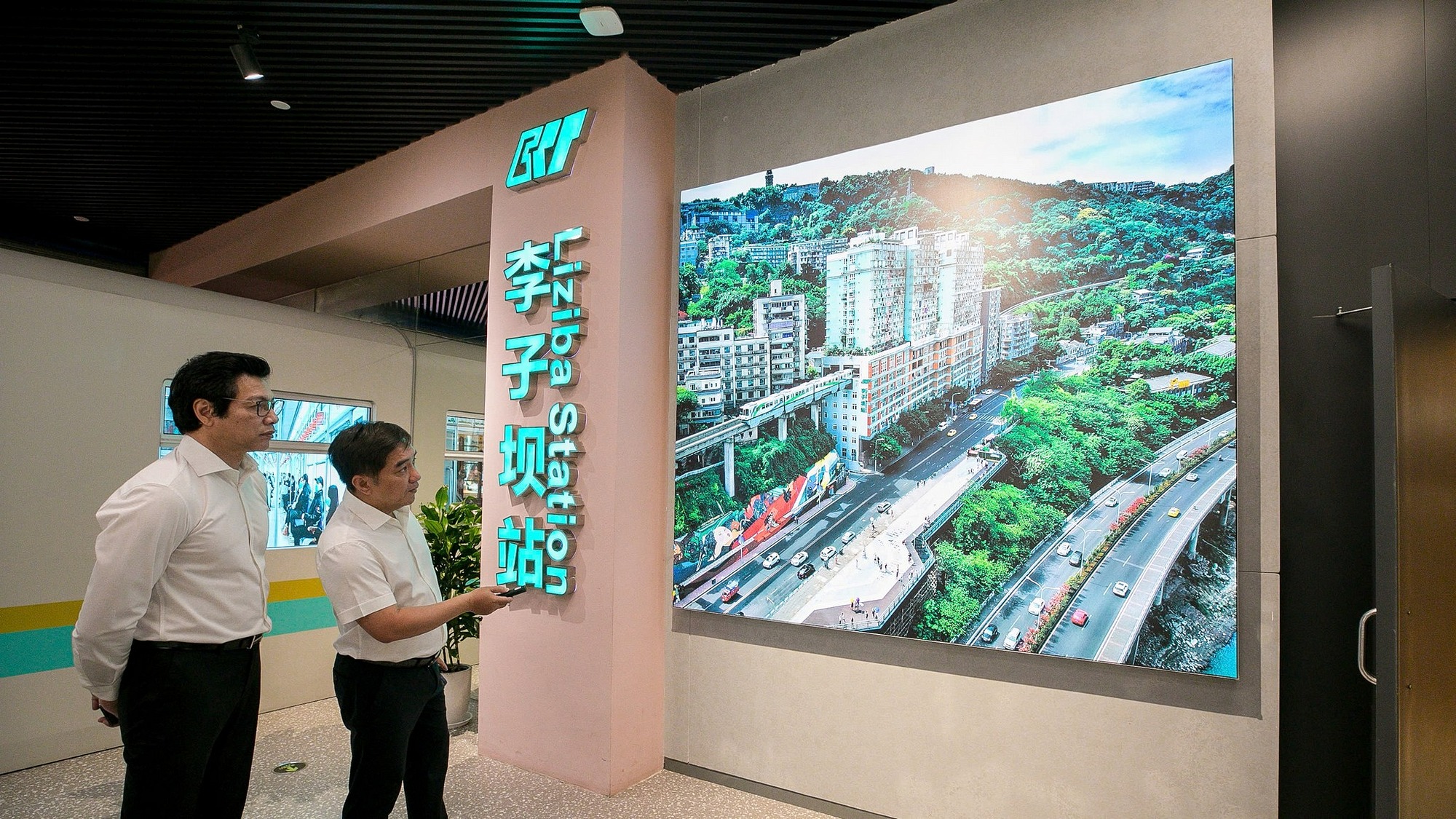

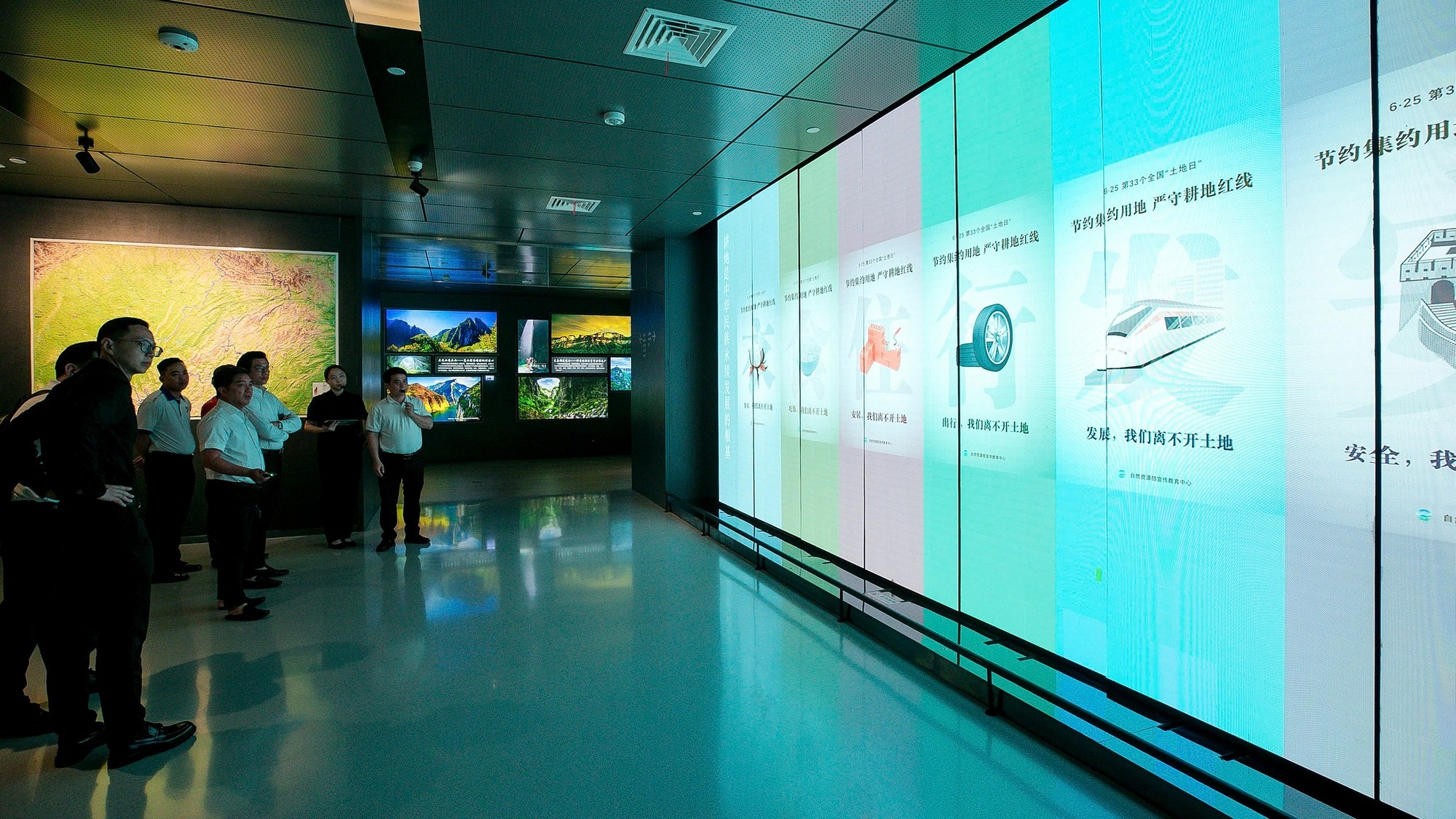
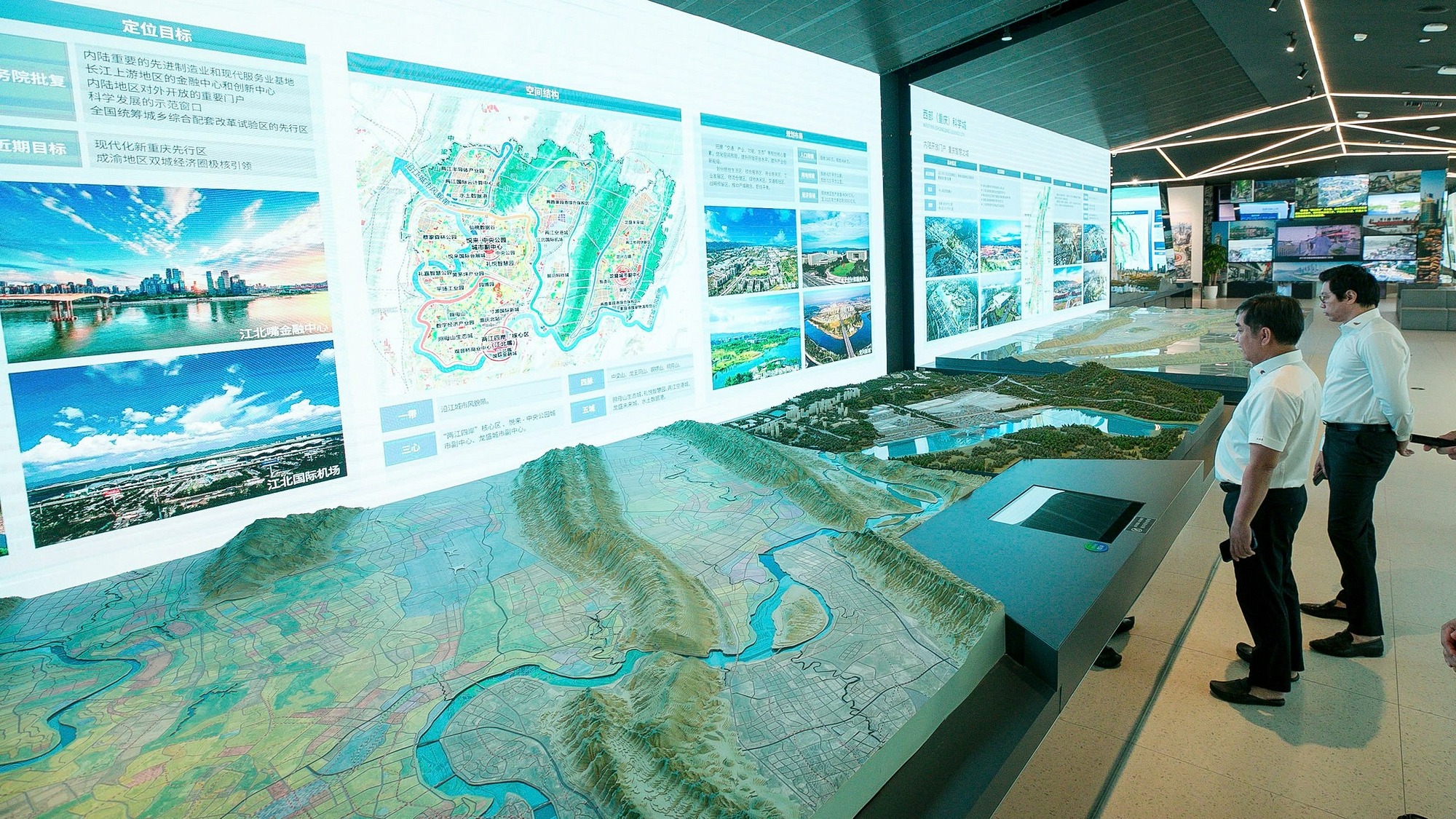
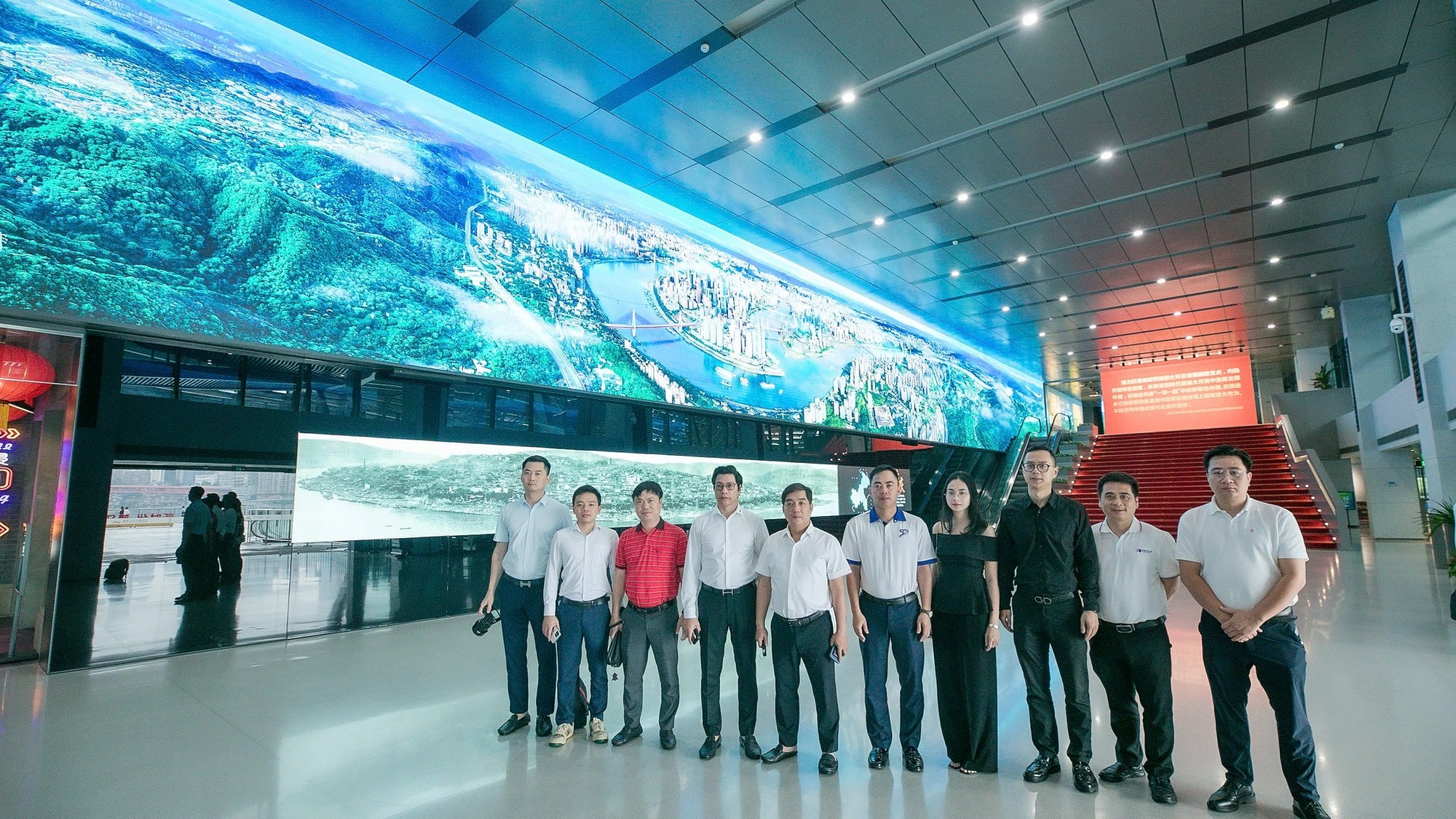
Delegates visit the Chongqing Urban Planning Exhibition Hall.
On June 3–4, the delegation continued its field study in Guangzhou, focusing on the riverside boulevard along the Zhujiang River and its integrated urban planning. They also worked with enterprises directly involved in transportation, infrastructure, and urban space development in the city.
News: Tuan Khang - Photo: Viet Trung






